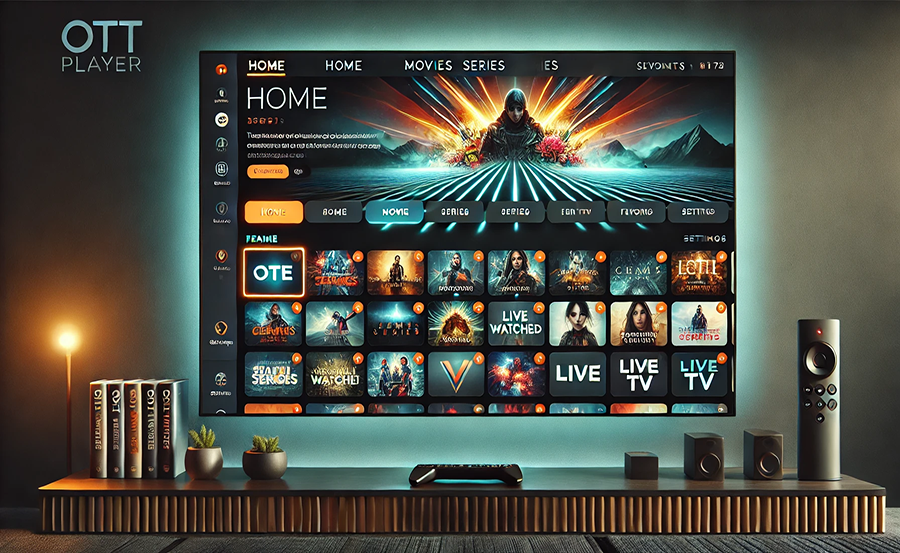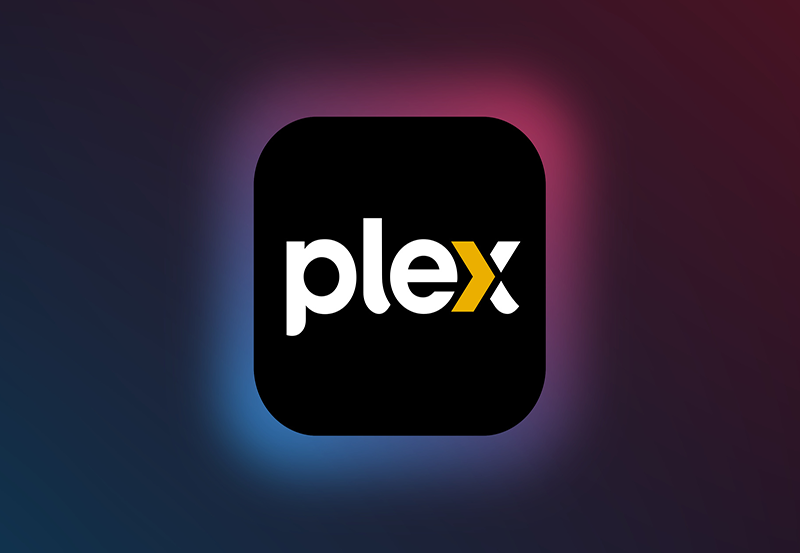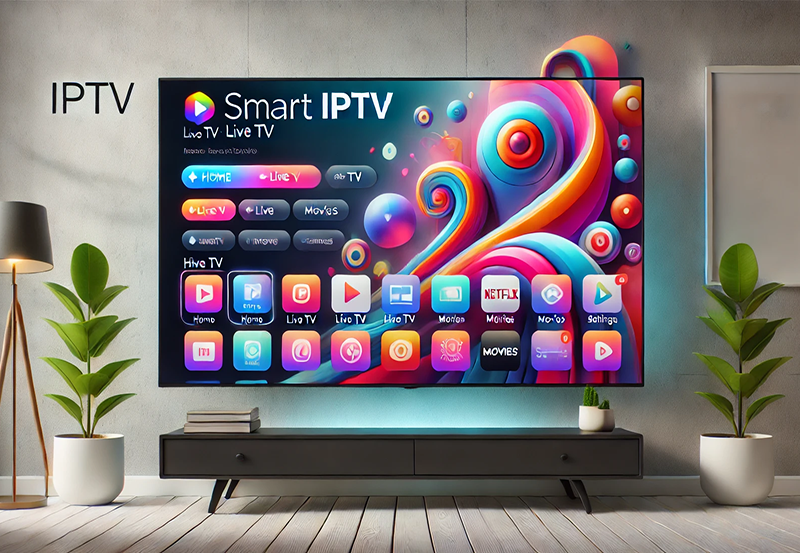In today’s digital age, Over-the-Top (OTT) media services have transformed the way audiences consume content. Whether cutting cable or seeking out niche content, consumers have a plethora of choices. At the heart of this digital upheaval is the economic engine that keeps OTT platforms running smoothly. Our exploration into the economics of OTT players uncovers the complexities between subscription models and ad-based revenue streams.
OTT Landscape: An Overview
The Rise of OTT Platforms
The world of OTT services emerged as a disruptor in entertainment, opening access to a deluge of content accessible at the tap of a button. Notably, streaming giants like Netflix, Amazon Prime, and Hulu have revolutionized the viewing experience, emphasizing content quality and variety. These platforms have benefitted from evolving consumer habits and increased broadband access.
The technology underneath these services plays a significant part too. Duplex IPTV, for instance, is among the technologies helping providers deliver seamless streaming experiences across diverse devices. But, it’s not just about having the latest tech; the decision between subscription and ad-based models impacts service delivery and consumer satisfaction.
Quick Tip:
Stream local and international TV with UK IPTV and get access to all your favorite channels.
Economic Models Simplified
At the crux of every OTT platform is its economic model. Subscription models allow users to pay a recurring fee for access to content libraries, ad-free viewing being a major perk. On the other hand, ad-based models offer free access, monetizing audiences instead through advertising revenue. How does one choose between being a subscriber or a viewer subjected to periodic ads? The answer could lie in viewing habits or budget considerations.
Interestingly, the emergence of Affordable IPTV for sports exemplifies how economic models adapt to niche demands. Sports fanatics can now access live games without the often hefty subscription fees traditional broadcasters charge. This flexibility in economic models is evolving with consumer needs.
Subscription Models: A Deeper Dive
The Appeal of Subscription Services
Subscription models have an alluring charm for many reasons. Firstly, they offer predictability. Subscribers usually know what they’re getting into with clear-cut monthly payments. This model also fosters a kind of loyalty among viewers who become accustomed to a platform’s unique content offerings and user experience.
Moreover, many feel a sense of ownership over their subscription. If you think about it, paying for a service motivates subscribers to maximize their use, leading to more engaged viewership. However, some may question if the costs justify the offerings. After all, with each new platform, costs accumulate.
The Challenge of Subscriber Retention
But it’s not all rosy. Retaining subscribers can be a perplexing challenge. Every platform seeks to maintain a steady base but faces threats from burgeoning competitors and content fatigue. So, how do they keep audiences hooked? It’s a delicate balance of continuous content updates, pricing strategies, and unique offerings.
Engagement tools and customized recommendations also play vital roles in ensuring subscribers don’t stray. For some platforms, implementing Best IPTV Players features, such as intuitive interfaces and smart recommendations, can offer significant leverage in keeping users glued to their screens.
Advertising in OTT: A Closer Look
Ad-Based Models and Their Relevance
On the flip side, ad-supported OTT models have their merits. They echo the traditional TV experience where ads punctuate programming. This model lowers entry barriers for users, allowing free access to a wealth of content. For cost-conscious consumers, this means less expenditure while still being part of the digital content revolution.
However, there’s a twist; ads must be relevant and not overly intrusive. Otherwise, they’re more likely to push viewers away. The effectiveness lies in striking a balance. Platforms often invest in targeted advertising to enhance user experiences without disrupting viewing pleasure.
The Economics Behind Ad Revenue
Ad revenue can seem like a gold mine but can also be unpredictable. Revenue can fluctuate based on the number of active users and advertisers’ interest in specific demographics. High engagement rates and significant viewing times can substantially boost profitability.
Furthermore, platforms sometimes delve into hybrid models, offering both subscription and ad-supported versions. This flexibility allows users to choose based on their preferences and economic capacity—a savvy way to capture market diversity.
Balancing the Models for Maximum Impact
Understanding Consumer Preferences
Understanding your audience is paramount for OTT providers. People have varying levels of tolerance for ads and varying willingness to pay. Some prefer paying more for ad-free experiences, while others opt for free, ad-supported content.
Providers may implement surveys, feedback systems, and analytical tools to get into the customer mindset and give them what they want. As the landscape becomes more competitive, fine-tuning these models may mean the difference between thriving and just surviving.
Leveraging Technology for Enhanced User Experience
Innovations like Duplex IPTV and advanced streaming technologies ensure content is delivered with minimal interruptions and in top quality. These technologies create and enhance user satisfaction, indirectly improving business viability.
The integration of AI for personalized content recommendations has become critical. It keeps viewers engaged and coming back for more. The challenge lies in constantly upgrading these systems to align with evolving technologies and user expectations.
Concluding Thoughts: Navigating the Future
As OTT platforms continue to grow, they’ll test and adapt business models to align with ever-changing consumer expectations. The debate on subscription versus ad-based models will persist, with each having its distinct advantages and challenges. But what remains clear is the importance of agility and innovation in navigating the complex economics of OTT platforms.
For businesses keen on finding the ideal balance, focusing on consumer behavior and technological advancements will offer the most insight. And, for viewers, the future promises even richer viewing experiences tailored just for them.
FAQs: Common Queries About OTT Economics

-
What makes Duplex IPTV a crucial part of OTT services?
Duplex IPTV is vital for its ability to deliver high-quality streams efficiently over various devices, enhancing user experience with minimal buffering.
-
What is meant by ‘Affordable IPTV for sports’?
This refers to budget-friendly IPTV options tailored for sports enthusiasts, providing live sports content without steep traditional broadcast prices.
-
How do Best IPTV Players enhance user engagement?
Best IPTV Players offer features like easy navigation, high-definition streaming, and personalized content suggestions, keeping users engaged and satisfied.
-
Why are some viewers more inclined towards ad-based models?
Ad-based models lower access costs, which appeals to viewers on a budget or those who don’t mind occasional ads interrupting their viewing.
-
Are hybrid OTT models becoming more popular?
Yes, hybrid models offer flexibility, catering to diverse consumer preferences and maximizing audience reach by providing both free and premium content options.
-
How do OTT platforms decide on pricing their subscriptions?
Subscriptions are often priced based on content offerings, platform exclusivity, region-specific demand, and competitive positioning in the market.
How to Use Chromecast for IPTV: A Thorough Review





